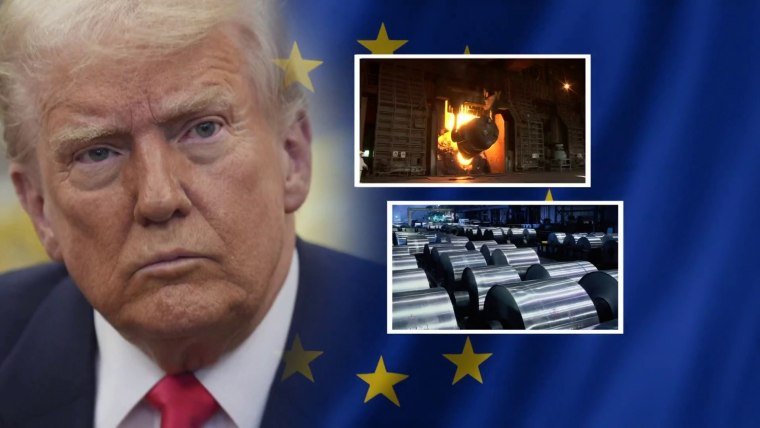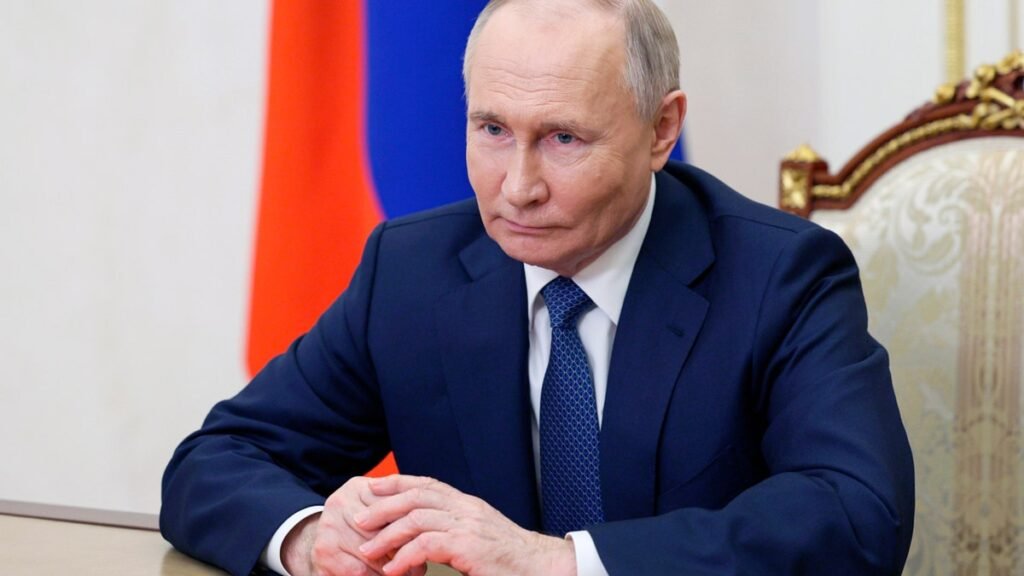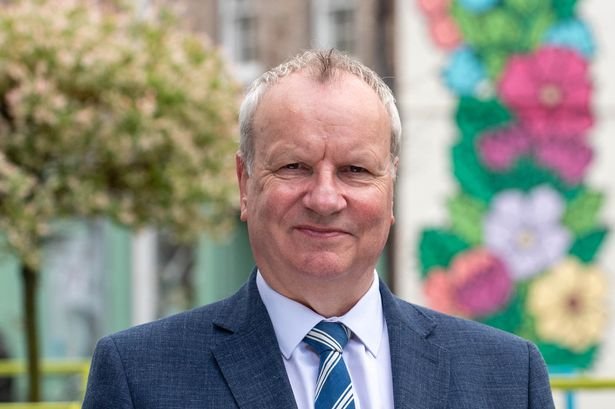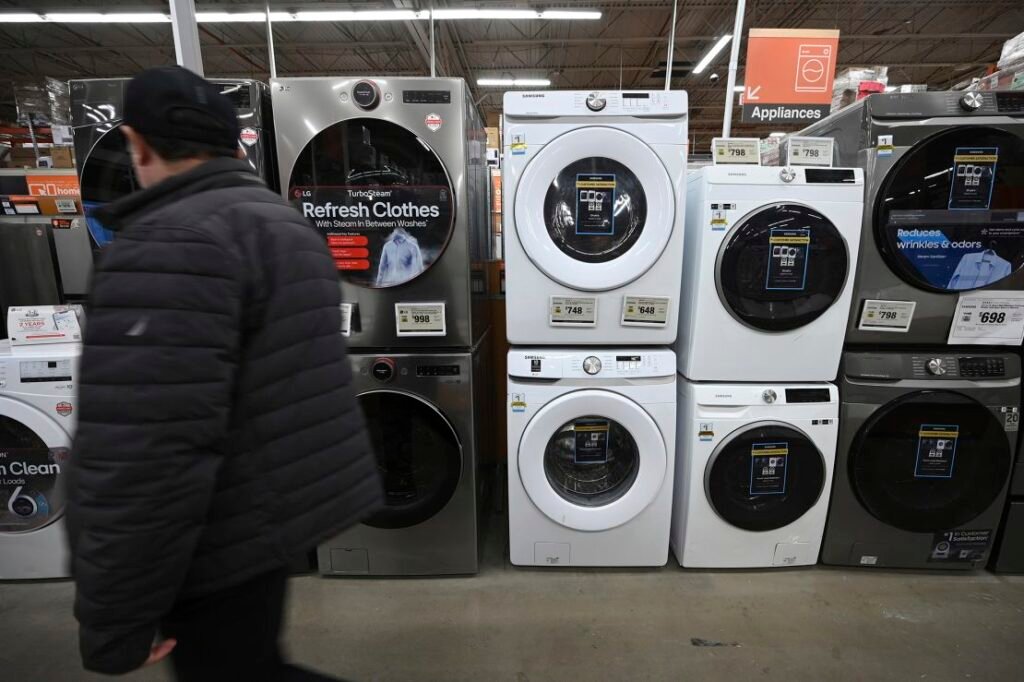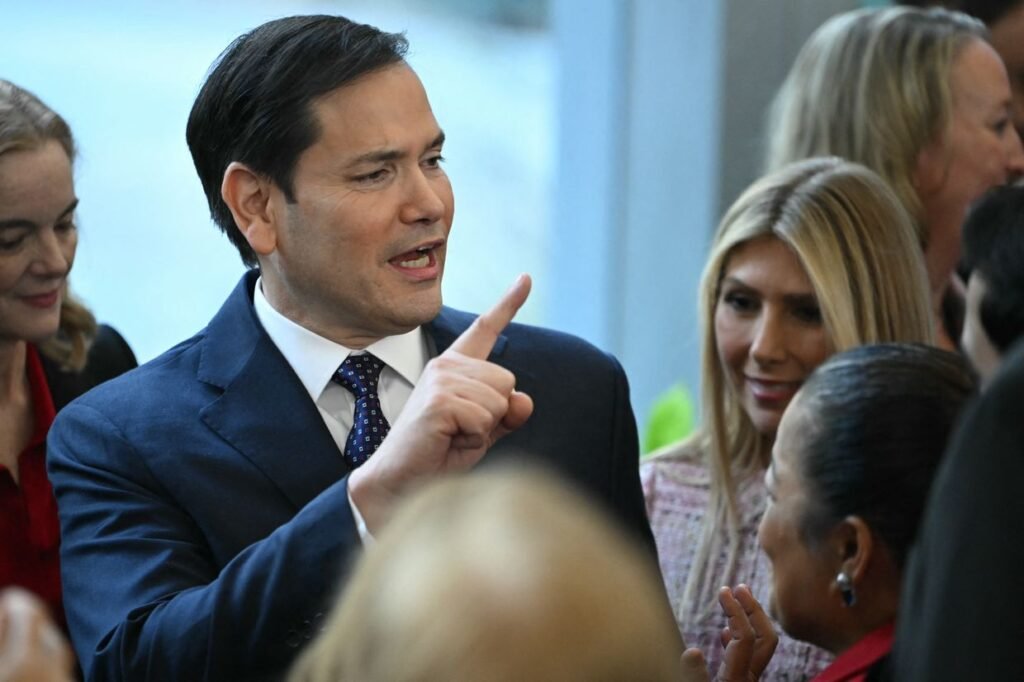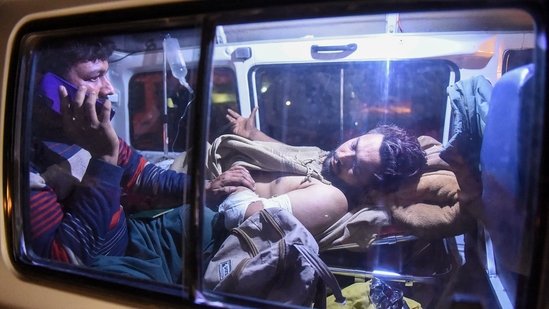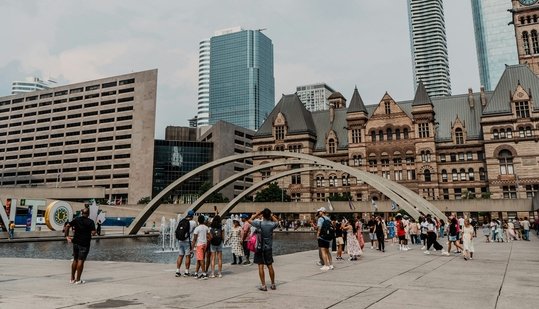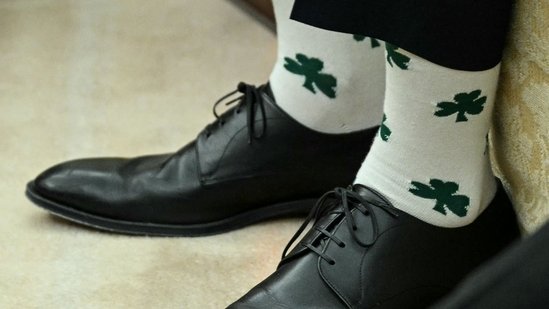Virgin Galactic may have found a better way to make money in space.
In June 2024, space tourism pioneer Virgin Galactic (SPCE -4.67%) launched its Unity spaceplane with a planeload of space tourists for the last time. In the months since, the company has continued working on its new spaceplane, dubbed the Delta class.
Expected to enter service sometime in 2026, the new Delta class should offer multiple improvements over Unity. For example, reconditioning and engine replacement requirements on Unity limited that spaceplane to flying no more frequently than once per month, but Delta will be able to fly twice per week. Also important for the company’s revenue-generating potential, instead of the four passengers Delta could carry, Delta-class spaceplanes will be large enough to accommodate six paying passengers per flight.
That’s a 50% improvement in passenger capacity, times a ninefold improvement in launch frequency, yielding a potential 1,250% improvement in revenues, over and above any changes in ticket pricing. (Virgin Galactic’s earlier tickets sold for less than $250,000 apiece, whereas tickets sold more recently have been going for $450,000 and up.) By my calculations, flying just one Delta-class spaceplane at full capacity, and as frequently as promised, could generate monthly revenues in excess of $22 million for Virgin Galactic — versus just $1 million in revenue from early Unity flights.
But Virgin Galactic could potentially make even more money than that by limiting the number of passengers carried on its planes… or even exiting the tourism business entirely.
Big news from Redwire
How might that happen?
We got our first clue last week, when Virgin Galactic announced that it is partnering with space infrastructure specialist Redwire (RDW -3.73%), hiring it to manufacture “research payload lockers” for its Delta spaceplanes. Virgin says the lockers will be used to carry microgravity research experiments aboard Delta, useful for conducting “research in preparation for orbital, lunar, or Martian missions” by other companies.
Now, these lockers aren’t tiny. Flying without passengers, says Virgin, “each spaceship will be capable of holding five payload racks, for up to 20 lockers total.” So each rack can accommodate four lockers. Alternatively, Virgin might mix and match its seating arrangement, flying missions with some tourists and some payload racks — basically swapping out one passenger per four-locker rack.
Cargo or tourists?
Why would Virgin Galactic want to do this, though?
That brings us to our next clue. Researching the potential revenue that Virgin Galactic might be able to generate from carrying boxed-up scientific experiments rather than living and breathing humans, I came across a 2020 article from Penn State discussing research costs in suborbital space (which is where Virgin Galactic flies, because its spaceplanes lack the power to maintain orbital velocity).
According to Penn State graduate fellow Benjamin Donovan, a single suborbital rocket mission “typically costs less than $5 million,” which is a lot less than what some longer space experiments might cost, but a lot more than the $250,000 or even $450,000 price of a tourist seat on Delta. And if Virgin Galactic can substitute four such suborbital research projects per passenger seat removed, well, the math speaks for itself:
The math is simple: 4 x $5 million = $20 million. Meaning Virgin Galactic can earn more money flying cargo than flying tourists.
In fact, even if this cost estimate is off by an order of magnitude and Virgin Galactic can only charge, say $2 million to carry a stack of four research projects sub-orbitally, that’s still a 5x improvement over the revenue it could generate from carrying a single tourist to space and back. That’s a strong argument in favor of Virgin favoring cargo over tourists in its spaceflights.

Image source: Virgin Galactic.
If you can’t beat ’em, avoid ’em
The argument for Virgin Galactic exiting the space tourism game entirely, or simply scaling back its tourist ambitions, gets even stronger when you consider how badly Virgin is losing this race already. While Unity sits in mothballs, and Virgin works feverishly to get Delta ready for flight, rival space tourism company Blue Origin just keeps launching New Shepard rockets packed full of space tourists.
To date, Blue Origin has already flown nine flights, carrying 47 tourists to space, versus Virgin Galactic’s seven successful tourism flights. At the same time, SpaceX has entered the space tourism game through collaborations with Shift4 Payments and Axiom Space, and is also making progress on its orbital-class Starship spacecraft, which could carry tourists into space 100 at a time.
As competition heats up in space tourism, it may be time for Virgin Galactic to reexamine its business model and find a better and more profitable use for its spaceplanes.







